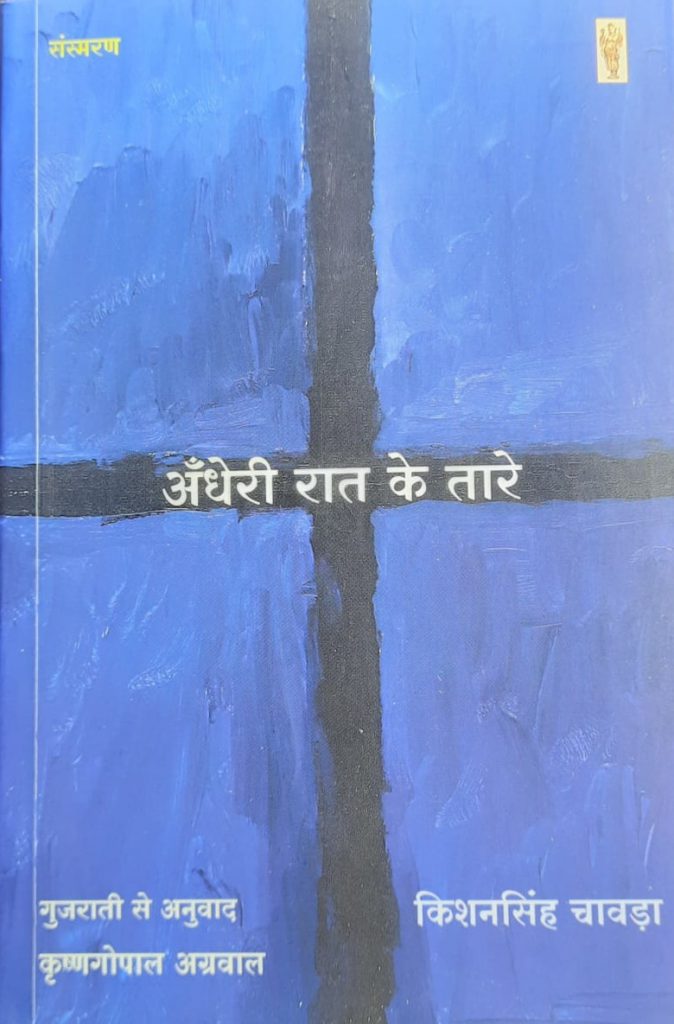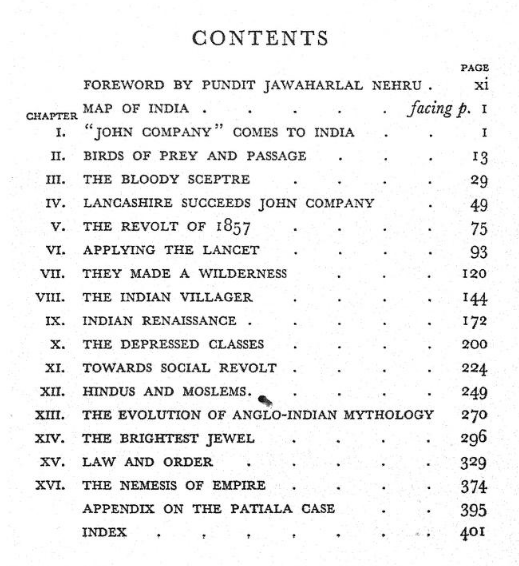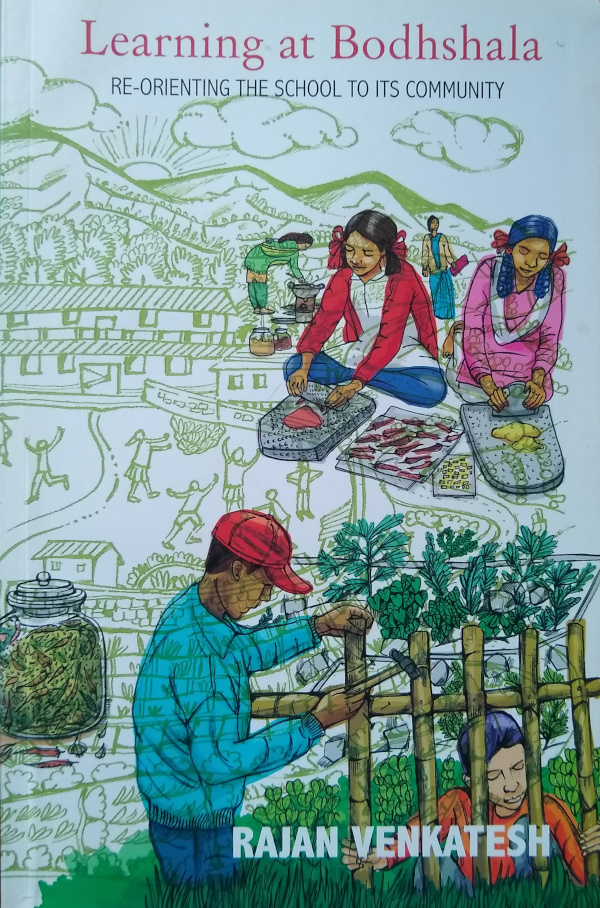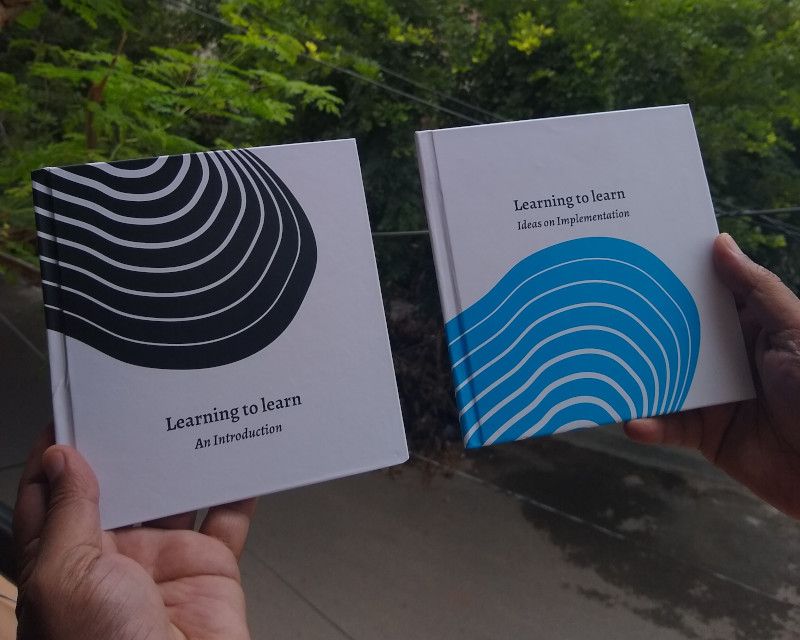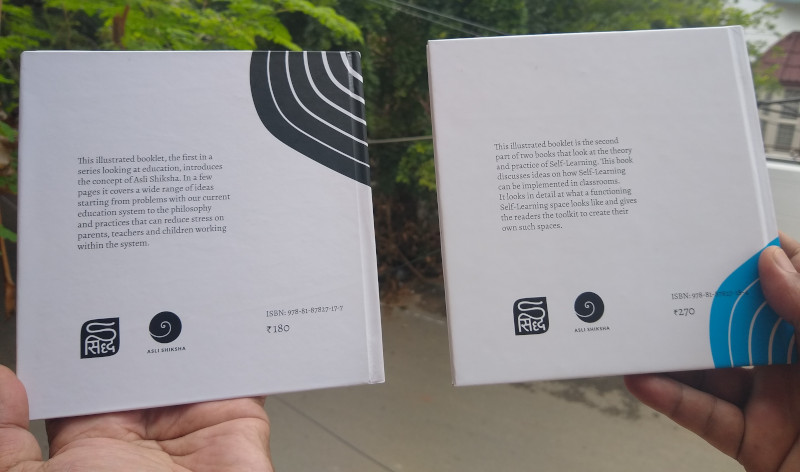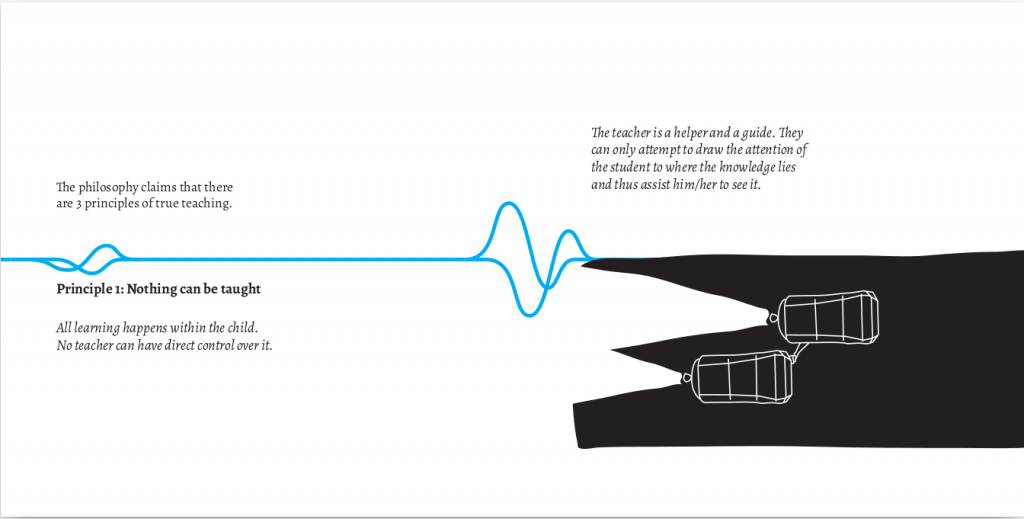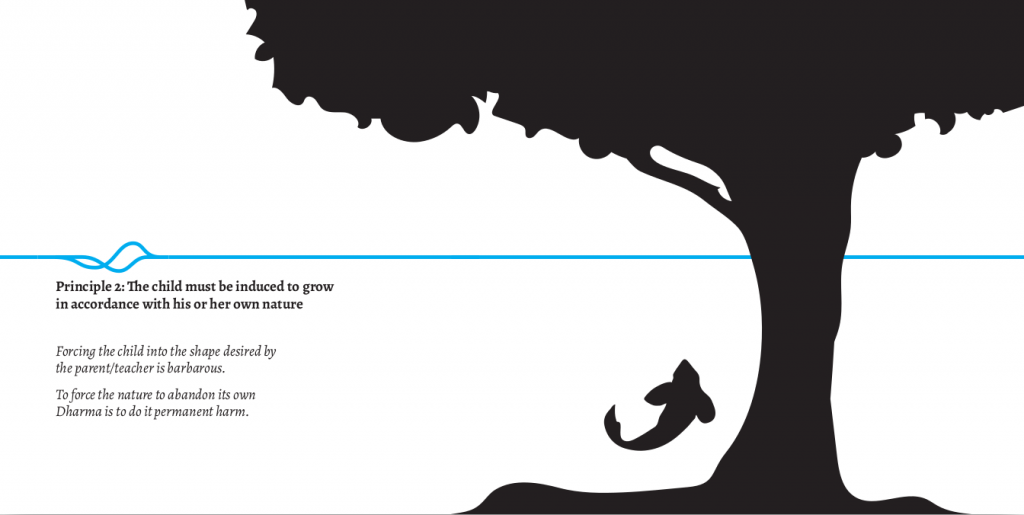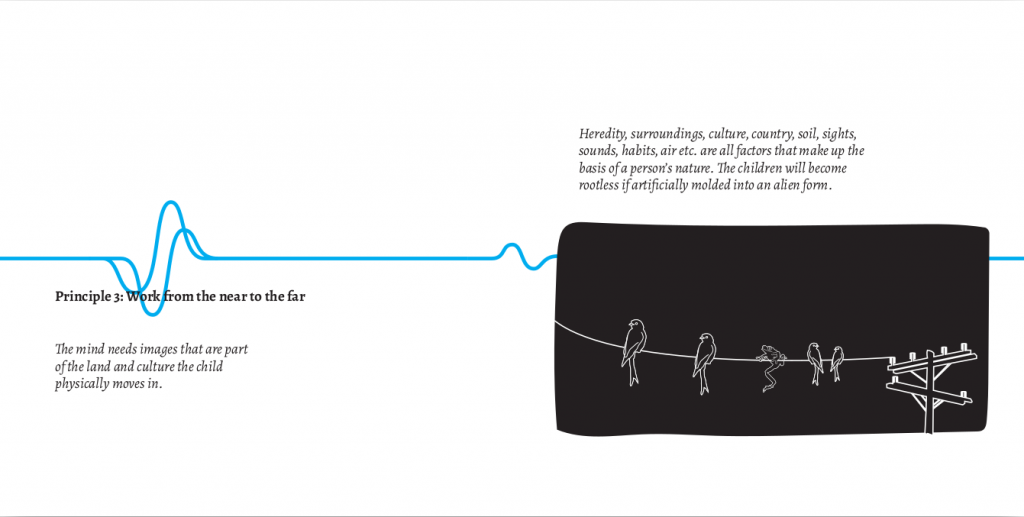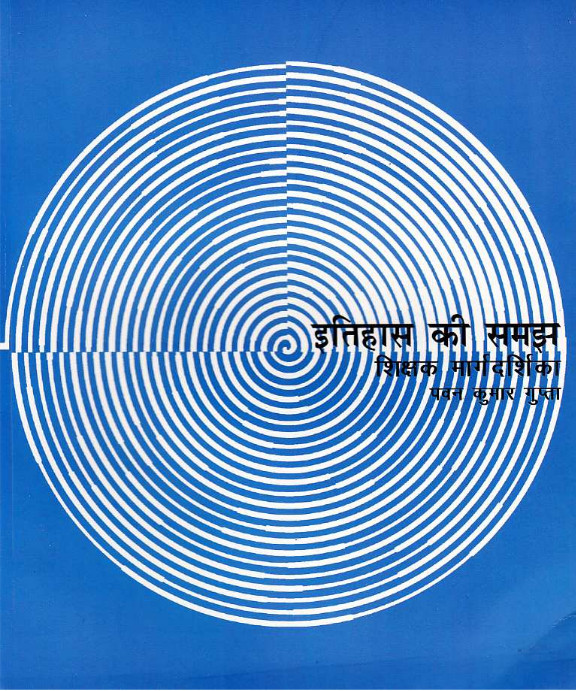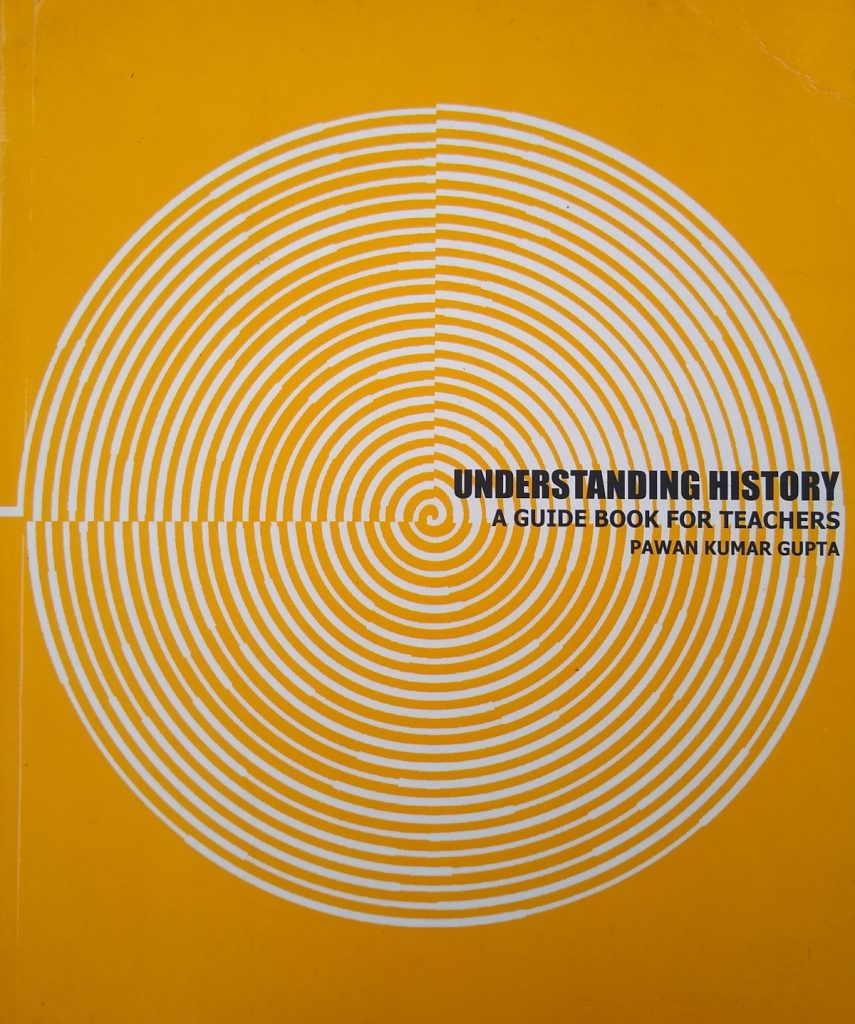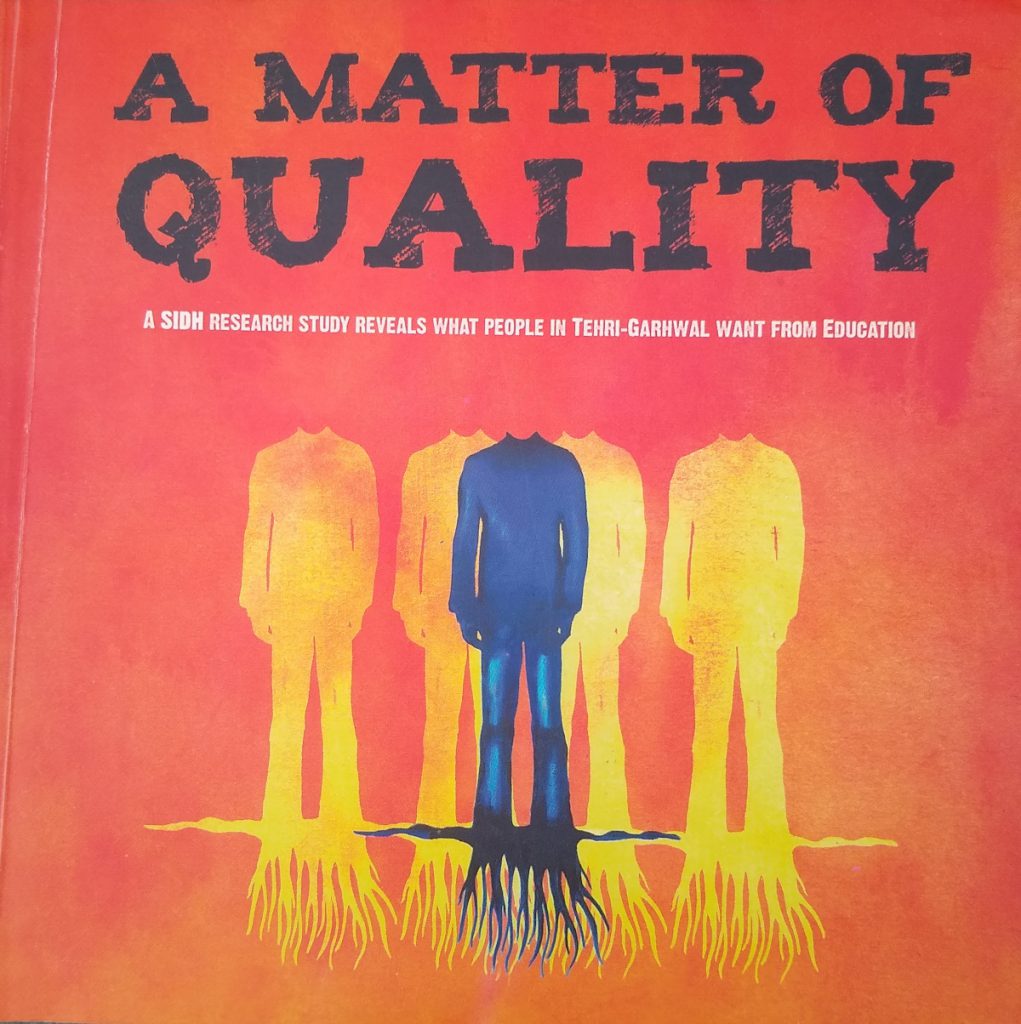Part 1 of this post talks about the first of the two books on ‘Learning to learn’. Here are some excerpts from the second book, ‘Learning to learn – Ideas on implementation’.
Excerpt 1:
The Annual Status of Education Report (ASER) established in 2008 has been giving data driven insights into our education system. The latest ASER report in various places says the following:
“In 2018, ASER returns once again to the ‘basic’ model. A total of 546,527 children in the age group 3 to 16 years were surveyed this year. ASER 2018 is the thirteenth ASER report. ASER 2018 data indicates that of all children enrolled in Std VIII in India, about 73% can read at least a Std II level text. This number is unchanged from 2016. The overall performance of Std VIII in basic arithmetic has not changed much over time. Currently about 44% of all children in Std VIII can solve a 3-digit by 1-digit numerical division problem correctly.”
My colleague and I were visiting a rural school near Bangalore. We were sitting on the floor with the children and observing a 1st standard class in progress. A small girl came and sat near my colleague and asked him in Telugu- ‘Do you speak Telugu?’, seeing his hesitation she asked in Kannada, ‘Oh, you speak Kannada.’ My Tamilian colleague speaks very good Kannada and he responded to her question. She understood that he was not a native speaker and switched to fluent Tamil. I am just wondering whether the ASER team will not talk to this miraculous child after 7 years and tell us that her reading proficiency in class 8 is at 2nd standard level…
What the story illustrates is that it is not the child but the system that has failed. Failed to recognize, acknowledge and develop the Self-Learning capacities that she is naturally endowed with.
Excerpt 2:
As children, we grew up learning how to make many types of paper planes (ordinary/ fast/ rocket etc.), boats (ordinary/ with a sail/ catamaran etc.), whistles from leaves or paper, string telephones with empty cans, rubber band powered rolling toys, a jumping mouse from a handkerchief, a boat cut out of a plastic tongue cleaner with a blob of soap at the notch behind etc. I can go on adding to this list. Nobody formally taught us any of this but every child knew many such tricks. This was probably because there was a lot of unstructured free time to play, explore, talk to other children and adults, read, get bored, etc.
This has now become replaced by the idea that learning is all academic and structured and there is no space for children or adults to discover such things. I feel that we need to get these free spaces back or Self-Learning, which I think thrives on these spaces, will probably not work.
(If you are interested in buying copies of the two ‘Learning to learn’ books, please write to me at arun@sidhsri.org.)
